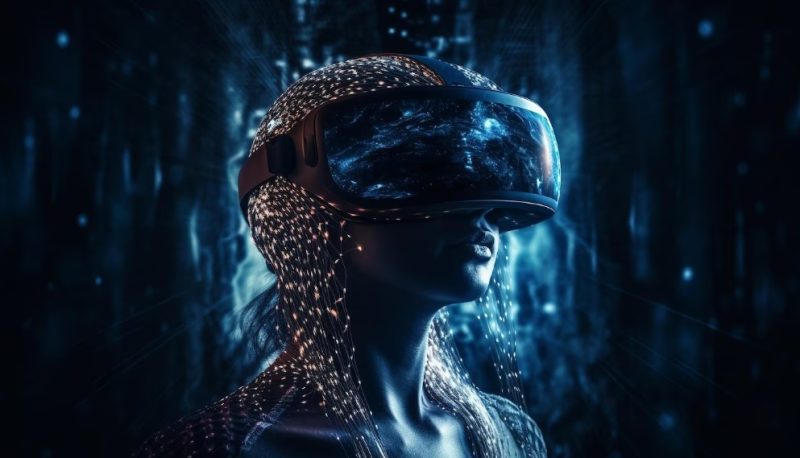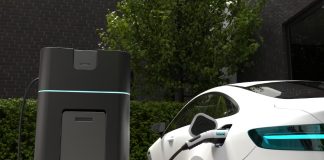
Welcome to the future of shopping—a world where Artificial Intelligence (AI) takes the lead, enhancing our retail experiences to levels we could only dream of just a few years ago. This article will delve deep into an exhilarating intersection of technology and commerce: Virtual Try-Ons empowered by AI-Generated Faces. Intrigued? You should be! This is where modern technology meets practical application to create an online shopping experience that’s not just convenient but also fun and incredibly interactive. So, buckle up and get ready for a journey through this exciting new world!
The Shift to Online Shopping
Online shopping has evolved from a trend into an essential part of modern life, shaping the way we discover, compare, and purchase products. Gone are the days of walking through crowded malls and department stores to find what we need.
The Convenience Factor
What’s driving this fascination with online shopping? The answer is convenience. Imagine a world where you can browse through an endless variety of products at any hour of the day, without ever leaving the comfort of your home. No more standing in long lines, no more dealing with aggressive salespeople. It’s all there for you, accessible with just a few clicks or taps on your device.
The Role of Technology
The digital landscape is constantly changing, and technology has been a major force in revolutionizing the way we shop. E-commerce platforms are using various technologies like Augmented Reality (AR), Virtual Reality (VR), and now, Virtual Try-Ons to enhance user experience and boost sales. Virtual Try-Ons are far from a gimmick; they are a significant advancement that addresses some of the biggest hurdles in online shopping.
What is Virtual Try-On?
Virtual Try-On is a groundbreaking technology that leverages the power of AI to allow consumers to virtually “wear” or “try out” items using their smartphones or computers.
The Concept
The mechanics of Virtual Try-Ons are quite straightforward but incredibly effective. You use your device’s camera to capture or upload an image of yourself, and the software employs complex AI algorithms to overlay products onto your digital likeness. This way, you get to see how different products would look on you without the physical limitations of being in a store.
Importance for Brands and Consumers
Virtual Try-Ons aren’t just a neat trick; they offer a win-win situation for both retailers and consumers. Brands get to showcase their products in an engaging and interactive way, which often leads to increased sales and customer loyalty. On the other hand, shoppers get a more interactive and personalized experience, making it easier for them to make purchasing decisions without regret.
The Role of AI in Virtual Try-Ons
AI is the beating heart that propels Virtual Try-Ons from a cool idea into a functional and reliable shopping tool.
Identifying Key Features
AI’s first job in the process is to scan and identify key features on your face or body. Whether it’s the shape of your face for a pair of sunglasses or the contours of your foot for a new shoe, AI ensures that the virtual product fits and aligns perfectly with your physical characteristics.
Personalization
Where AI truly shines is in its ability to personalize your shopping experience. The technology can analyze your past shopping behavior, preferences, and even social media likes and dislikes, to recommend products that you’re more likely to enjoy. This isn’t just convenient; it also adds a level of personal touch that many people find lacking in online shopping.
Machine Learning and Analytics
Virtual Try-On platforms often utilize machine learning to continuously improve their algorithms. Every interaction you have with these platforms feeds into their analytics, helping the technology become smarter and more accurate over time.
How Virtual Try-Ons Work
Navigating through Virtual Try-On platforms is often designed to be as intuitive as possible to make the experience enjoyable and not tech-heavy.
The Process
When using a Virtual Try-On feature, all you usually need to do is point your camera at your face or body part in question, and the technology takes over. Advanced algorithms map your features, and then overlay the product images onto your own, giving you a real-time visual of how you’d look. Some platforms even allow you to share these images on social media or with friends, making it a more social experience.
User Experience
These platforms are not only functionally efficient but are also designed to be visually appealing and user-friendly. The idea is to mimic the joy and excitement that comes from a real shopping experience, complete with the thrill of trying on new items.
AI-Generated Faces in Virtual Try-Ons
Now, what if you want to see how a product looks on different skin tones or face shapes, or you just want a more anonymous shopping experience? This is where AI-generated faces come in.
What Are AI-Generated Faces?
These are not real human faces but are synthesized by complex AI algorithms. They look incredibly realistic and can be customized to exhibit a variety of features and expressions. This technology allows you to try products on a variety of faces, offering a broader scope for your imagination.
Advantages
One of the main advantages of using AI-generated faces in Virtual Try-Ons is the added layer of privacy it provides. You can freely explore without uploading your own image. Moreover, it brings an element of inclusivity, allowing you to see how products look on different ethnicities, age groups, and genders.
Ethical Concerns
Despite the many advantages, the use of AI-generated faces isn’t without its ethical implications. There are ongoing debates about the moral implications, especially concerning data privacy and consent.
Conclusion
Virtual Try-Ons enhanced by AI-Generated Faces are setting a new standard for online shopping. They offer a level of convenience, personalization, and interactivity that traditional retail simply can’t match. While ethical considerations are essential and require further scrutiny, the overall impact of this technology on the future of retail is overwhelmingly positive. So, the question is: Are you ready to step into the future and embrace this extraordinary shopping experience?

Taylor is a freelance SEO copywriter and blogger. His areas of expertise include technology, pop culture, and marketing.













